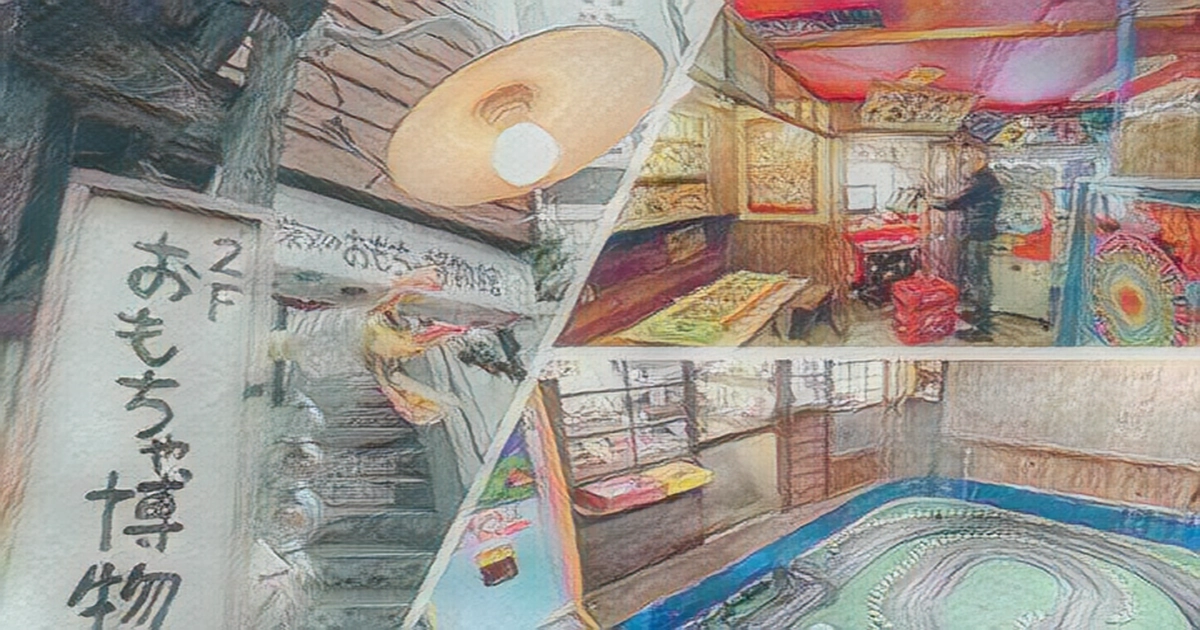
Just a one-minute walk from Shibamata Station in Tokyo's Katsushika Ward, the Shibamata no Omocha Hakubutsukan Shibamata toy museum welcomes visitors with a wide range of toys that were treasured by children in the Showa era 1926 -- 89 Old-fashioned gaming machines visitors can play by inserting tokens, monster figurines and supplements to manga magazines. Although for the most part I was seeing the toys for the first time in my life as I am in my 20 s, they still stirred up feelings of nostalgia.
Eisaku Kan, 56, grew up in Katsushika Ward, where the celluloid manufacturing industry once thrived. He used to run a restaurant in the area, but in 2004 his love for the retro feel of the Showa era led him to convert his restaurant into a Dagashiya snack store, called Haikara Yokocho, on the first floor of the building. The following year, he renovated the second floor of the building into the toy museum.
Kan said he wanted to let people know how Katsushika once prospered through toy making.
The museum displays 500 toys and other articles, including toys collected by Kan and figurines borrowed from Tetsuya Kurosawa, a 65-year-old manga story writer and toy collector living in the Shibamata district. The toy guns and items for the playing house that were once sold at dagashiya stores and local festivals have brought back fond memories of childhood for some visitors.
The most eye-catching piece is a large slot car circuit that measures about 2 meters long and 2.5 meters wide, and occupies the centre of the gallery. The cars, operated by handheld controllers, run along grooves in the circuit. The toy was said to have been the rage in the 1960s.
Kan had always wanted to race the cars on a jumbo-sized circuit, a dream that was now fulfilled by the model made to be used in homes. Visitors can test their mini-driving mettle at a cost of 100 per five minutes, and the game has proved a hit with families.
More than 15 years have passed since Kan opened the museum, and the place has helped him connect with like-minded people. They sometimes ask him whether he will accept toy donations. A neighbor donated a 2 meter long radio-controlled airplane that had been owned by a family member who had passed away last summer. It is fun to form relationships with new people through retro toys that are full of warmth, said Kan.
It opened in 2005. Visitors can play with some of the toys on display, including a gaming machine that takes token. Photography is allowed. A dagashiya snack shop is located on the first floor of the museum, which is a one-minute walk from Keisei Electric Railway Co.'s Shibamata Station.
Hours are open only on weekends and national holidays, from 11 a.m. to 6 p.m.
